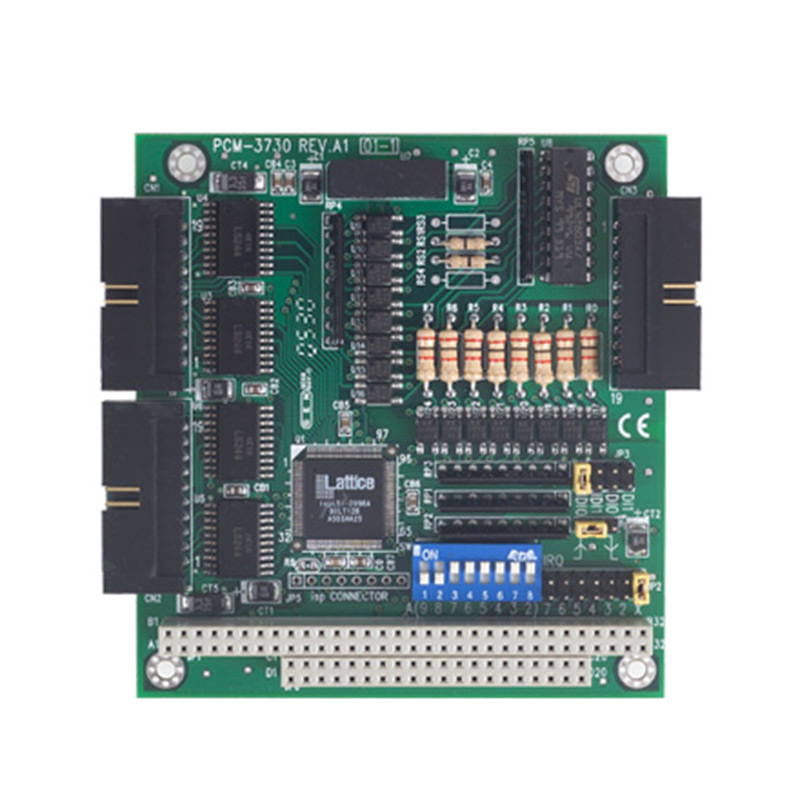

Translucent frosted glass has become a popular design element in various settings, offering a perfect blend of aesthetics and practicality. Characterized by its milky, diffused surface, this material allows light to permeate while obscuring visibility, making it an ideal choice for applications where both illumination and privacy are desired.
One of the greatest advantages of translucent frosted glass is its ability to transform spaces. In residential settings, it can be utilized in interior doors, room dividers, or windows, allowing natural light to flow throughout a home without compromising personal space. For instance, frosted glass panels in a bathroom can provide necessary privacy while maintaining a bright and airy feel. This feature is particularly beneficial for small apartments or urban dwellings, where maximizing light and reducing the feeling of confinement is crucial.
In commercial environments, translucent frosted glass has equally compelling applications. It is frequently used in office partitions, conference rooms, and reception areas. By incorporating frosted glass into office designs, businesses can create open, inviting spaces that foster collaboration while ensuring that sensitive discussions remain private. Additionally, the sophisticated appearance of frosted glass enhances the professional ambiance of corporate environments, making a lasting impression on clients and visitors.

Beyond practical applications, translucent frosted glass also serves as a canvas for artistic expression. Designers can customize the texture and patterns on the glass surface, allowing for a unique blend of art and architecture. For example, intricate designs can be sandblasted or etched into the glass, adding depth and character to a space. This customization not only elevates the style of an environment but can also be used to align with brand identity in commercial spaces.
Moreover, the environmental benefits of using glass cannot be overlooked. Translucent frosted glass can contribute to energy efficiency by reducing the need for artificial lighting during the day. When designed correctly, spaces that utilize this material can capitalize on natural light, leading to reduced energy consumption and costs, a critical factor in sustainable building practices.
In conclusion, translucent frosted glass stands out as a versatile material that enriches both residential and commercial spaces. Its ability to diffuse light while providing privacy makes it an invaluable asset in modern design. With the added benefit of aesthetic flexibility and sustainability, translucent frosted glass will undoubtedly continue to grow in popularity and application, shaping the future of architecture and interior design. Its unique qualities promise to create environments that are not only functional but also beautifully inviting.